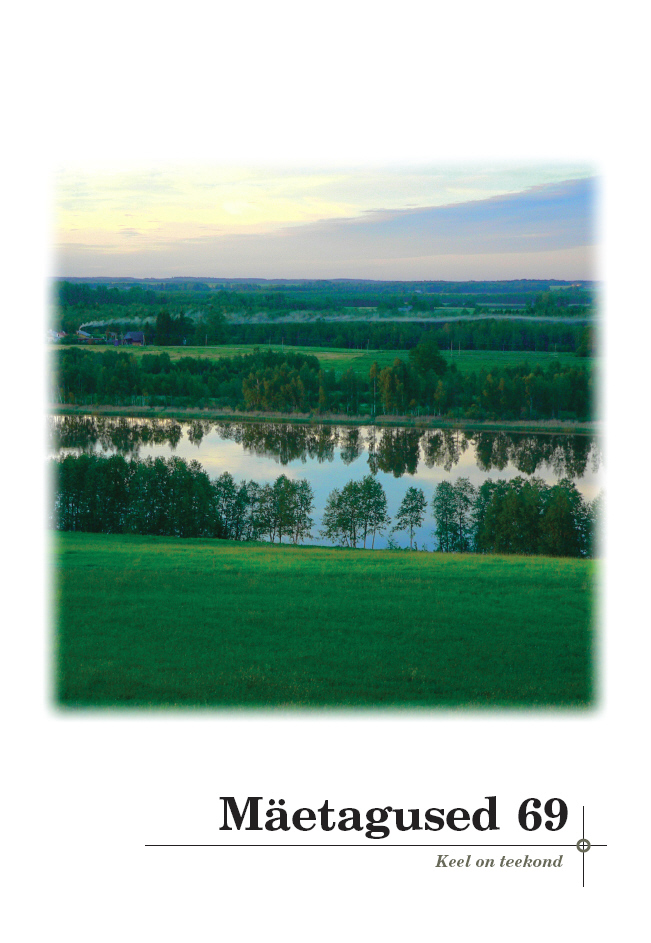Eestikeelse termini kõnekäänd kujunemislugu
Evolution of the Estonian term kõnekäänd
Author(s): Anneli BaranSubject(s): Customs / Folklore, Theoretical Linguistics, Applied Linguistics, Cultural Anthropology / Ethnology, Culture and social structure
Published by: Eesti Kirjandusmuuseum
Keywords: dictionary; German language; proverb; saying; short forms of folklore; textbooks; written language
Summary/Abstract: Phrasemes that represent a short folklore genre are found in all languages. They can be used to enrich both the spoken and written language, and the ability to use them shows a skilful mastery of the language. The term kõnekäänd [speech + turn > turn of phrase], which marks instances of figurative language, first appeared in Estonian a couple of centuries ago. The present article explores written Estonian sources (dictionaries, grammars, textbooks, handbooks, and monographs, but also correspondence and handwritten collections) from the 17th century up to the 1920s, to find out how this term evolved and why it came into use. In so doing, some insights into German terms are also offered to explain the influence other languages had on the written language that was still developing back then.
Journal: Mäetagused. Hüperajakiri
- Issue Year: 2017
- Issue No: 69
- Page Range: 77-108
- Page Count: 32
- Language: Estonian

